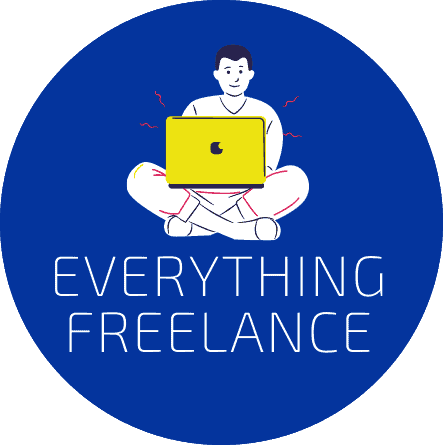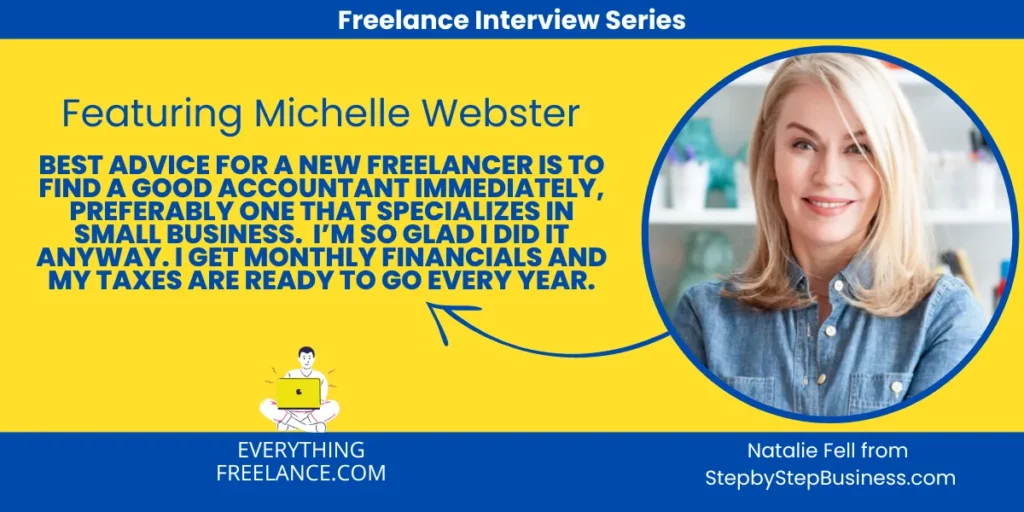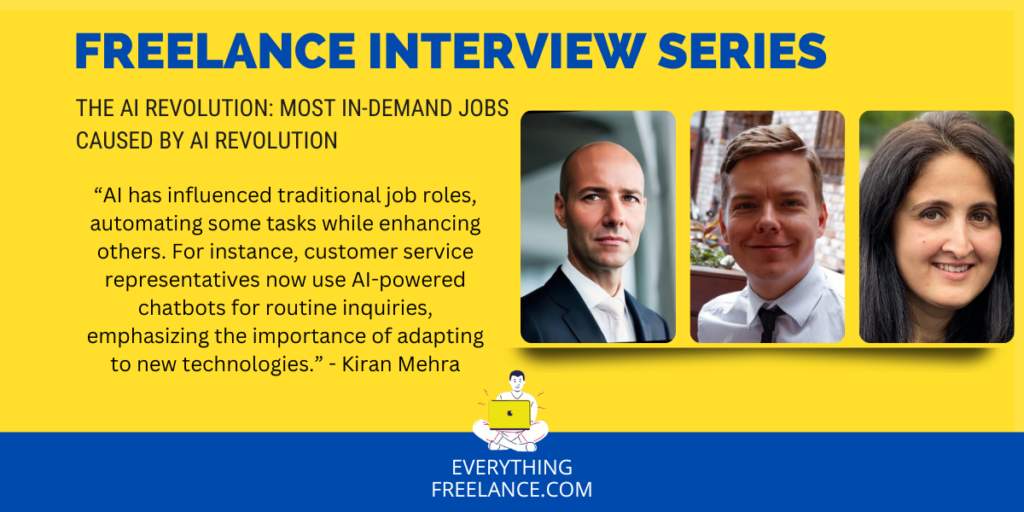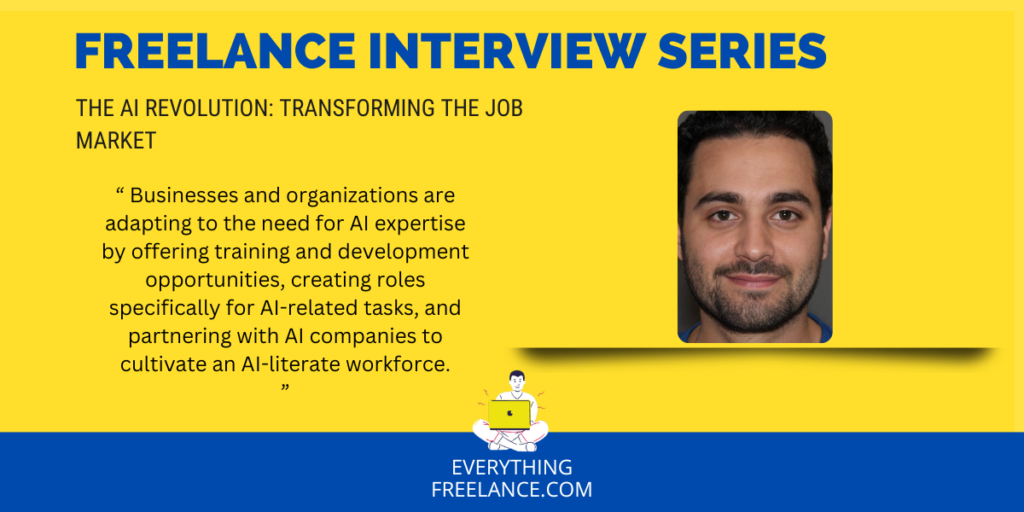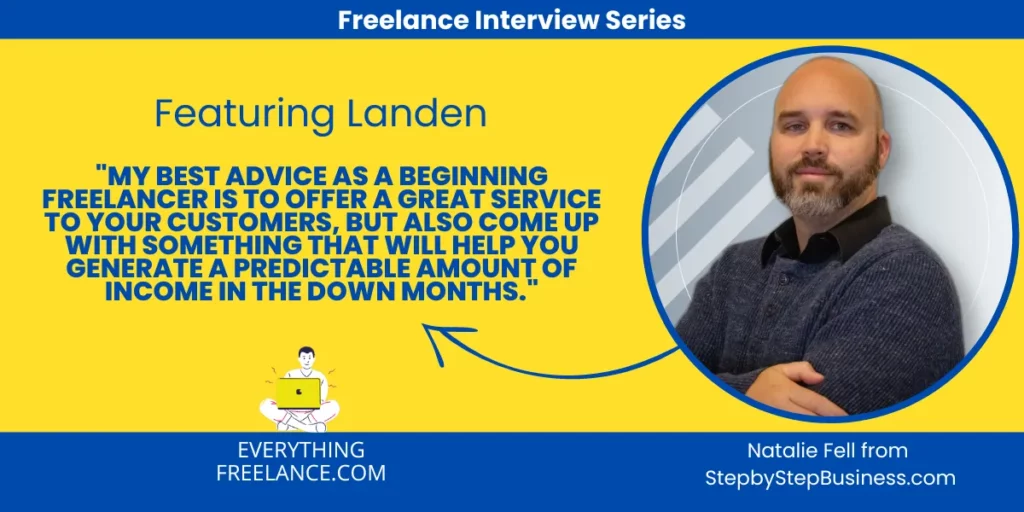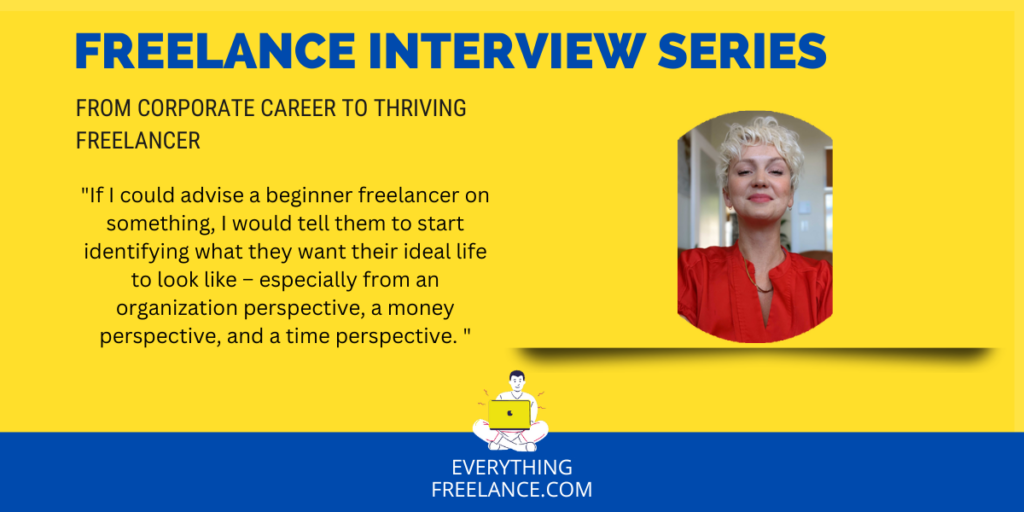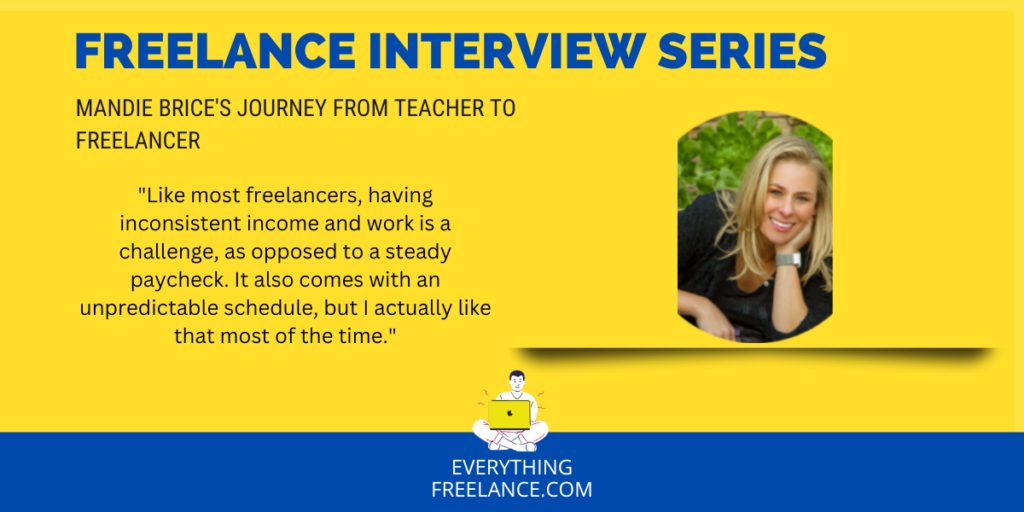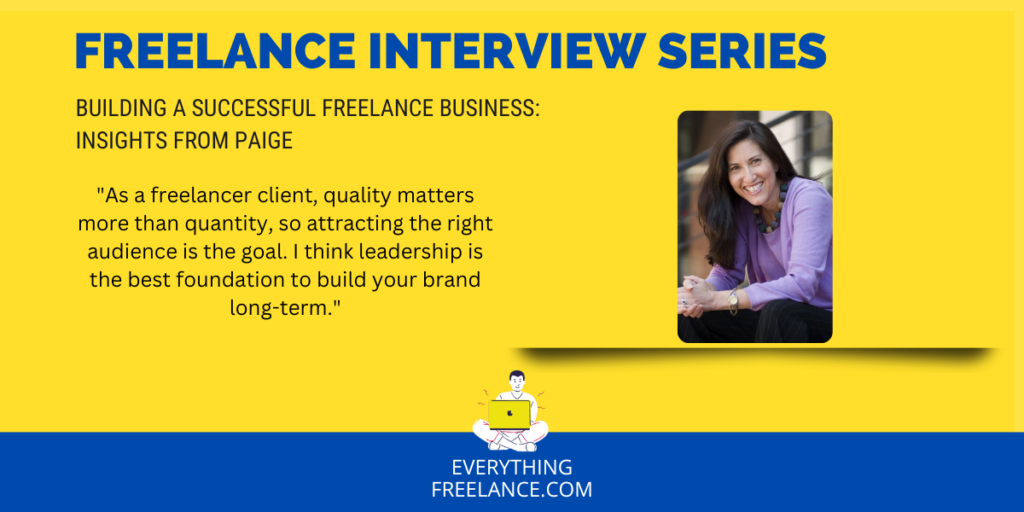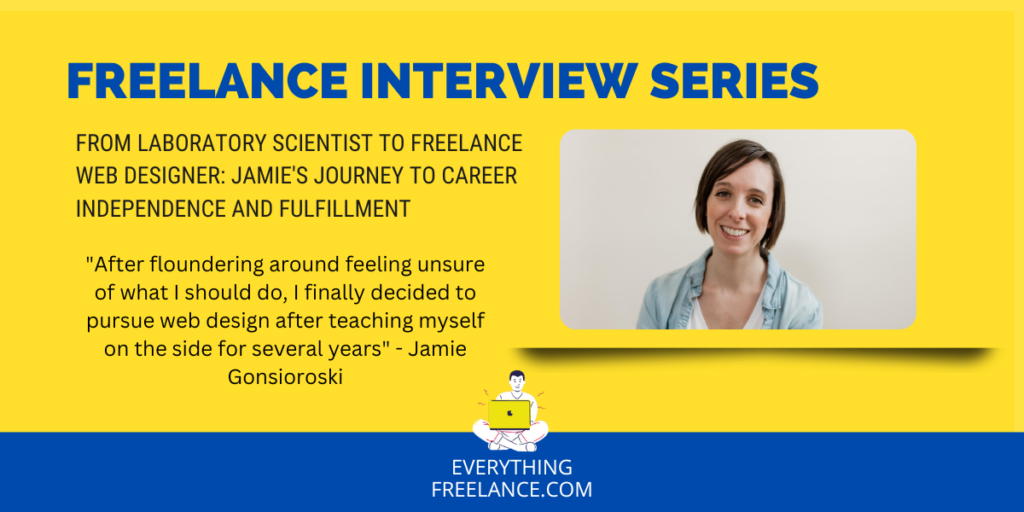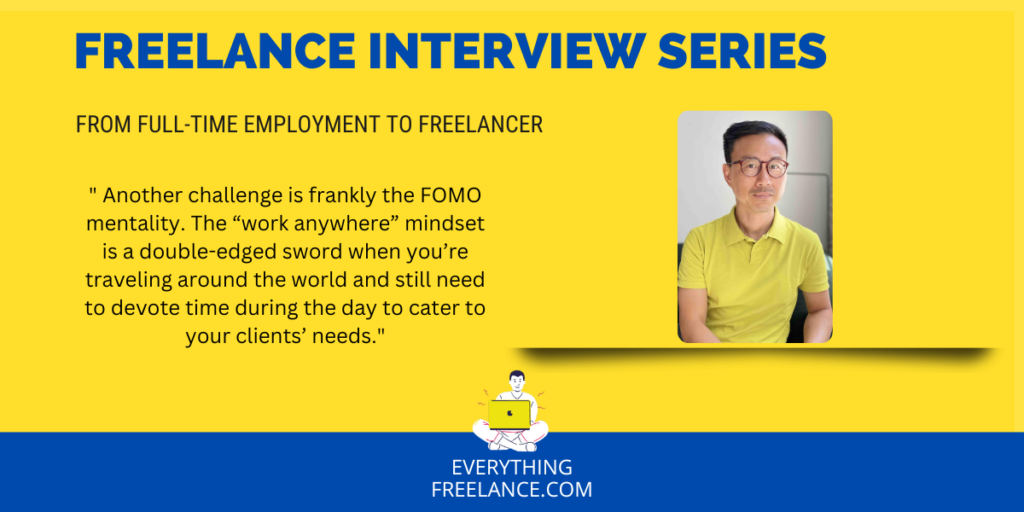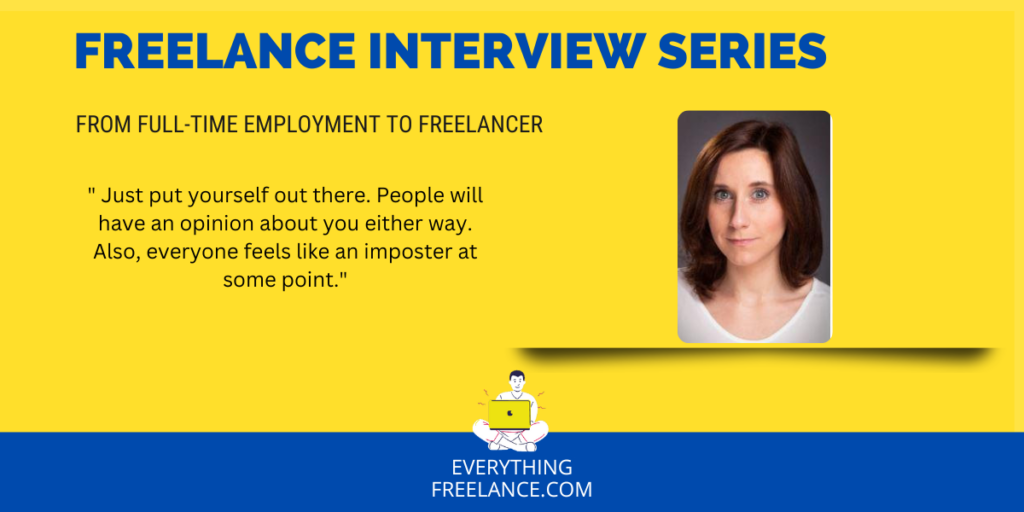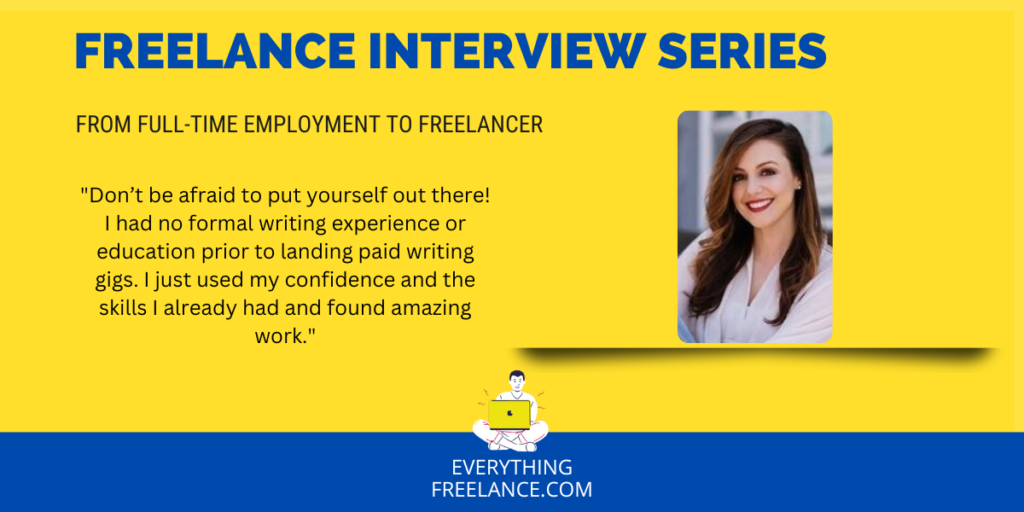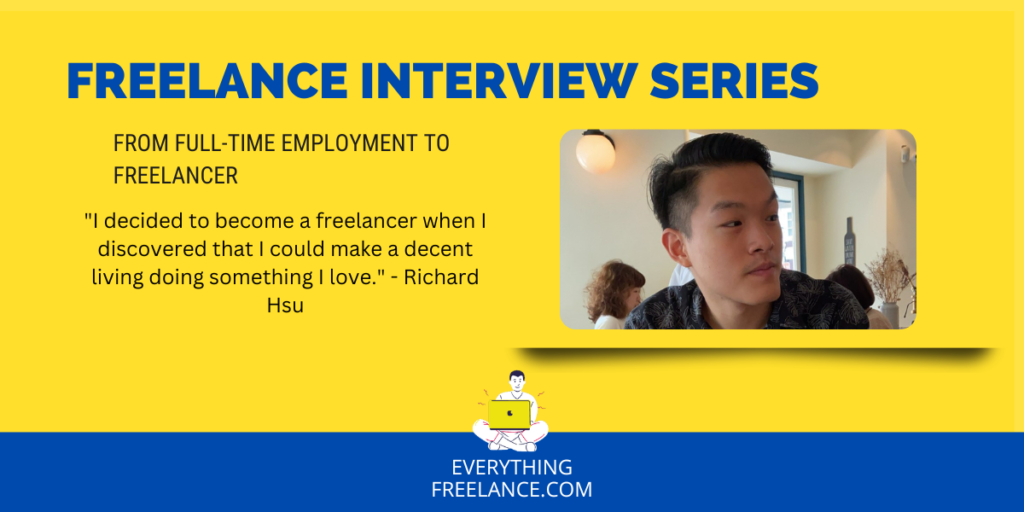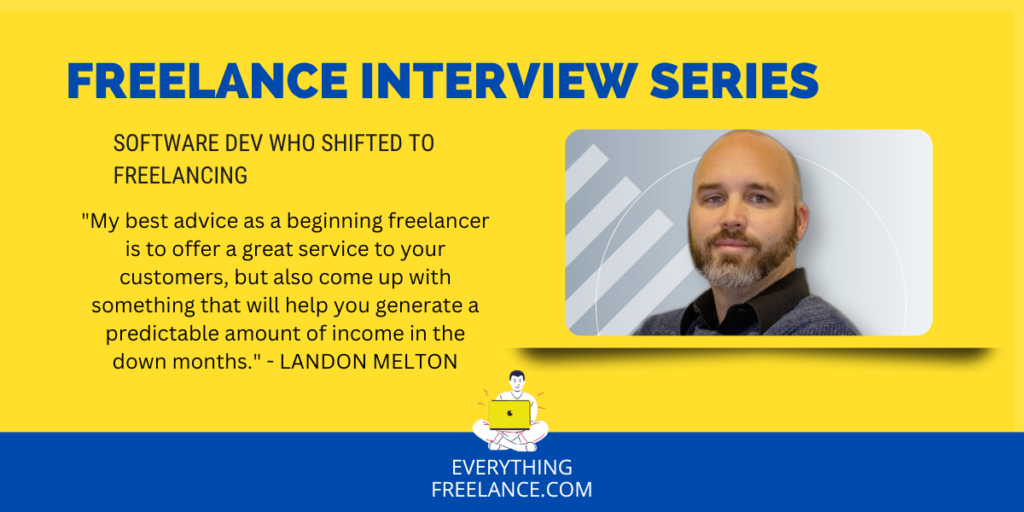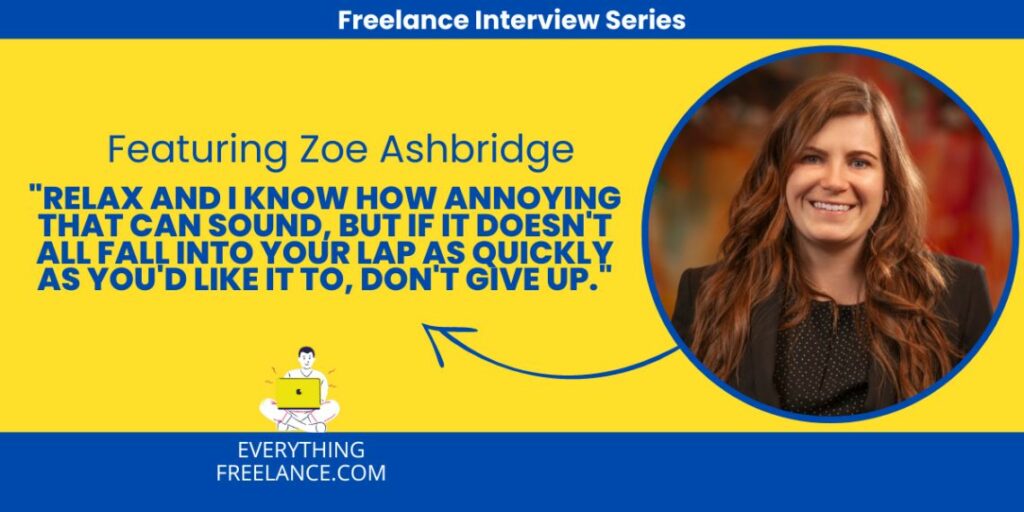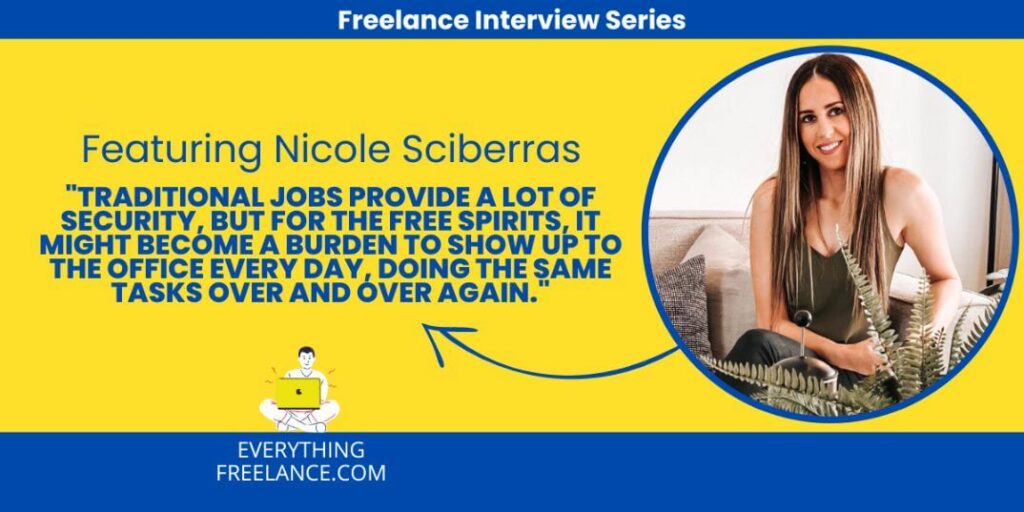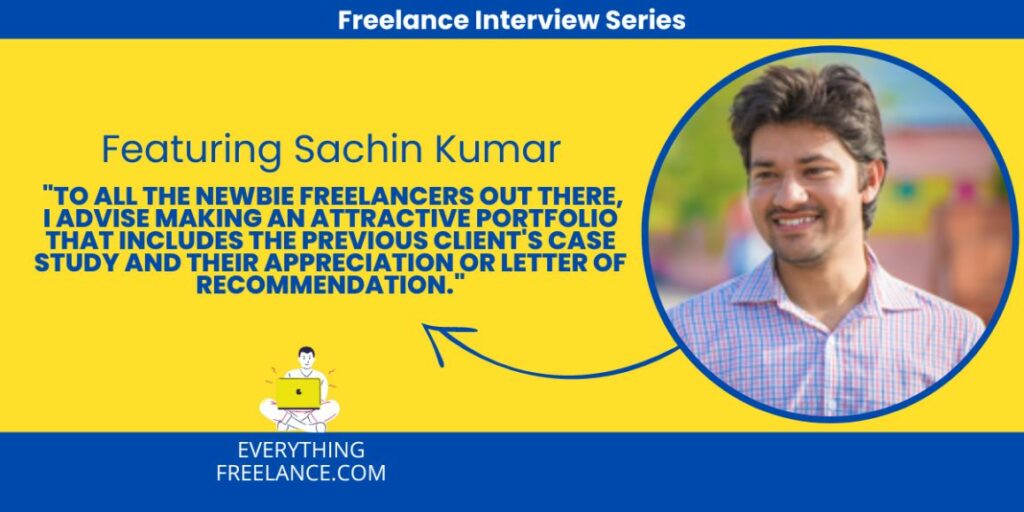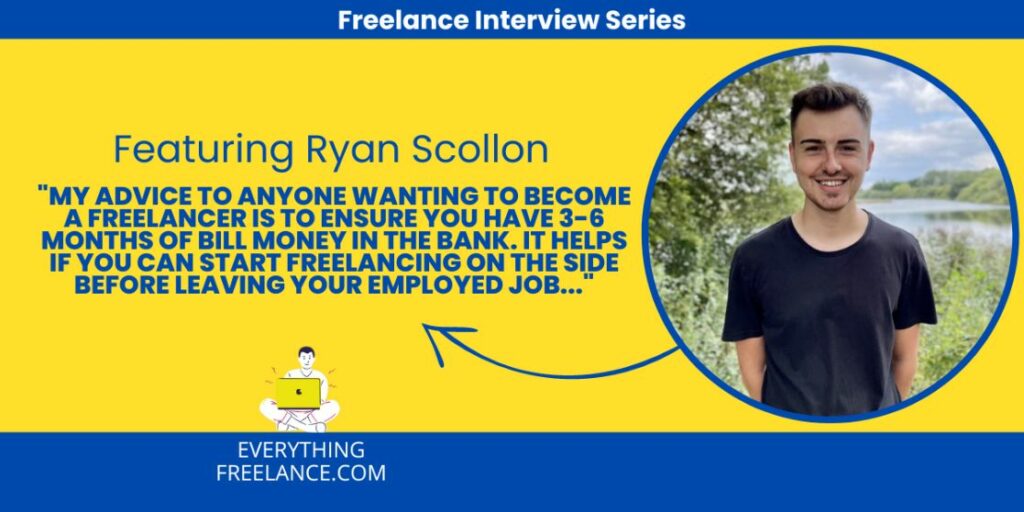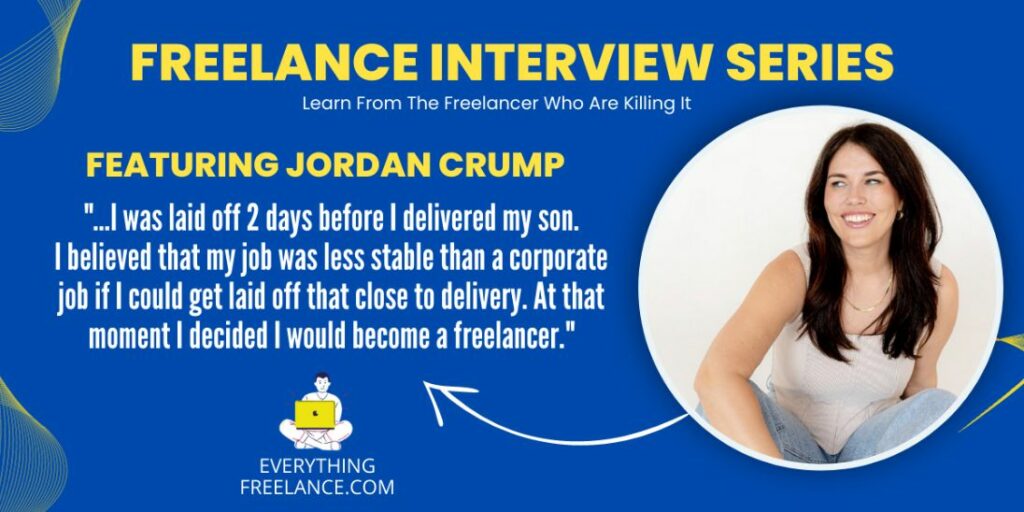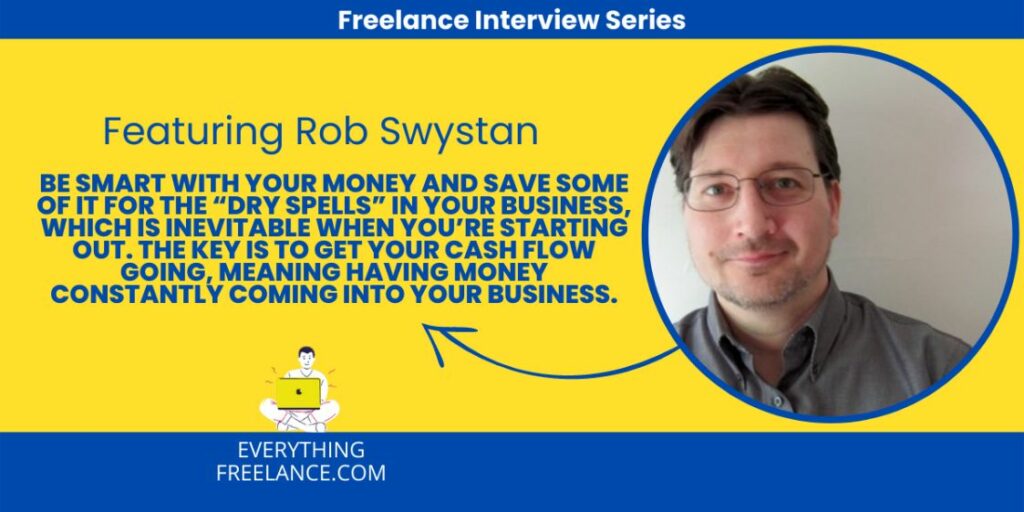Becoming a freelancer is not always initiated by a declining industry or a need for a career change. We live in a world where many outside factors impact our lives.
Michelle Webster is a freelance Graphic/UX designer that switched from a full-time job to freelancing due to a family illness. It allowed her to take care of her mother and, at the same time, pursue a career in design.
She expressed her love of art and design as early as her childhood years but decided to take a safer and more stable road.
Entering the financial world, she was smart to use this chance and create a stable network of collaborators, some of which would later become her clients.
Through her work as a graphic and UX designer, Michelle has helped create visual concepts for businesses to target users and spike their interest in a certain product.
Read our short interview to learn more about Michelle’s road to switching from a full-time job to freelancing.
Q: Please tell us a little about yourself, your expertise, etc.
A: I am a design solopreneur with a previous career in finance and consulting. I do UX, branding, custom type, and lettering as a stand-alone freelancer.
I also market myself as a design studio providing traditional design offerings (collaterals, layout, web things) for companies in the professional services industry like law and consulting.
Q: Could you please describe your previous work as an employee?
A: I was an artsy kid but initially chose a career path for stability. I worked in various banking and consulting roles.
Ten years ago, I went back to school for an advanced degree and since then have added other credentials in graphic design, UX, and typography.
Q: What was the point where you decided to become a freelancer?
A: A family illness in 2015 prompted me to stay in the freelance world rather than pursue agency work. I had a few clients while in design school and just rolled into full-time freelancing.
Freelancing gave me the freedom to help with my Mom’s care while continuing to take on client projects when I was able.
Q: What are some of the challenges you’re facing as a freelancer?
A: My biggest challenge is making sure I have a good pipeline of work ahead of me. Projects vary in duration and intensity – apart from a few persistently annual projects for certain clients.
It is often challenging to put on that business development hat in the middle of a project and look ahead. Yet it must be done.
Q: Can you offer beginner freelancers any advice?
A: Best advice for a new freelancer is to find a good accountant immediately, preferably one that specializes in small business. You will be so busy for the first few years.
I couldn’t justify the expense of an accountant when I started, but I’m so glad I did it anyway. I get monthly financials, and my taxes are ready to go every year.
Q: How do you handle inflation as a freelancer?
A: Inflation is annoying, but I don’t think it’s hitting me harder than my corporate friends currently. I increase prices for existing clients every few years and price projects based on an industry guidebook.
I worry about the future, though, and what more frequent price increases could do to my client base. I’m already an expensive design option for many of my clients and don’t want to price myself out of the market.
Q: What do you do to get new clients?
A: I have a good network of friends and former colleagues (from my finance days) that I stay in touch with. I do a fair amount of work in the professional services sector as a result.
I also take on pieces of pro bono projects with other firms and freelancers, which is great for both community involvement, and networking with folks who share my vision and values. For me, it’s about staying active and visible.
Q: Name one mistake that you made as a freelancer.
A: Massive mistake I made starting out was having one large client that was about 80% of my billable.
It was great while it lasted. However, when management at that firm changed, they took the business elsewhere with 30 days’ notice, per our contract. It was so scary. Never again.
Q: How can potential clients find you?
Those interested in seeing my work and becoming my potential clients can find me here:
- Instagram: emkayweb
- TikTok: emkayweb
- LinkedIn: emkayweb
- Portfolio: https://michellewebster.rocks
- Corporate site: https://www.itsneue.com
Final Note:
In an unstable world, everyone looks for a safe haven that will provide them with a secure income.
But that safe career option is sometimes not enough and doesn’t provide the excitement and thrill we are looking for in a job. Michelle realized that and took matters into her own hands.
However, before entering the freelancing world, she made sure she got the right education to back her artistic skills.
Being a designer means you have to keep up with the changes and advancements in the industry, something that Michelle does continuously. She didn’t go into freelancing unprepared, thinking her artistic skills alone would bring her clients.
Like many other freelancers, she finds creating a stable workflow challenging because projects vary in duration. As she stresses, it only takes one big client to pull out, and the whole business can crumble like a house of cards.
The advice for every freelancer is to have several things running simultaneously to be sure you have cash coming in at all times.
During these uncertain times when inflation is ruling in every industry, be careful not to overprice yourself and lose clients before you even have a chance to show them your work.
Be reasonable and within the market value for your industry. It’s useless being expensive and thinking you are the best in the business if you have no clients to offer your services to.
